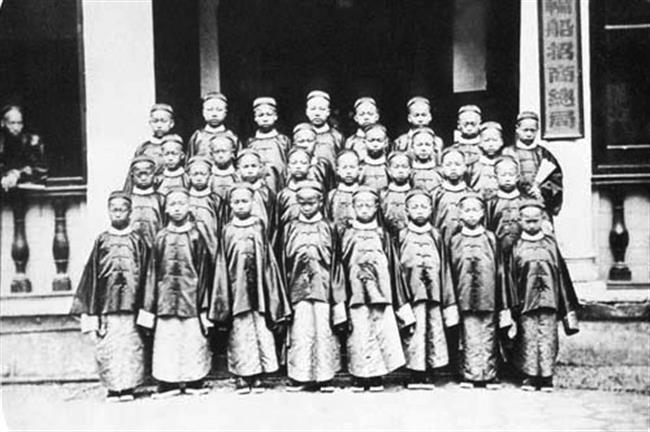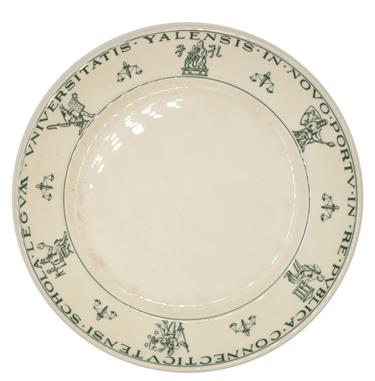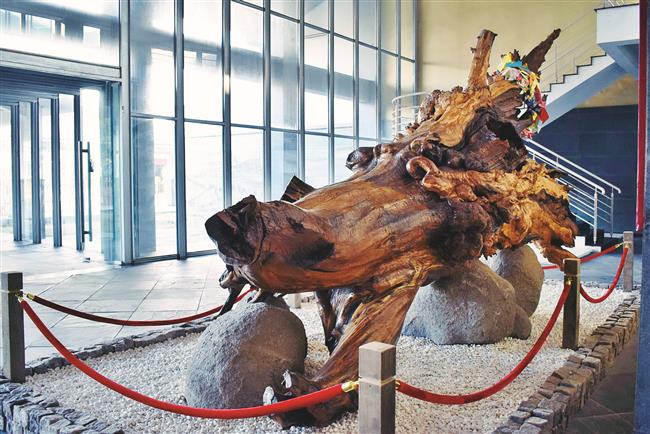Museum tells story of China's overseas study
An exhibition at the Foreign-educated Chinese Museum in Songjiang highlights China’s culture of overseas study and details the background to some of the most important figures who have studied abroad before the country’s liberation in 1949.
On the innermost wall of the exhibition hall displays portraits of Confucius, the educator and philosopher, and Xuan Zang, the monk who introduced Buddhism to China.
Confucius, who urged “read 1,000 books, travel 1,000 miles” and guided his disciples to visit various countries, is considered a forerunner in the promotion of overseas study.
Xuan Zang, who traveled to India in AD 627, is praised as one of the most distinguished overseas students in ancient China.
The next room of the exhibition hall ushers visitors into an era when overseas study flourished among China’s elites, who believed that by learning from the advanced technologies in the West they could build a better country.
Missionaries from the West played a big role in motivating people to travel abroad in the Qing Dynasty (1644-1911). Among those who studied overseas during this period was Rong Hong (1828-1912).
Rong graduated from Yale University and became the founding father of China’s contemporary overseas study education. Thanks to Rong’s efforts, the first batch of boys sponsored by the Qing government landed in the US in 1872.

A file photo of the first batch of children selected to study in the US in a program initiated by Rong Hong, the first student graduating from an American university.
“The boys adapted themselves so smoothly to Western life that they dressed like the Westerners, played baseball and even dated US girls. The Qing government officials felt somehow frightened and called them back to China before some of them obtained their degree certificates,” said the museum’s Zhu Li.
After returning home, however, all contributed in their own ways to China’s modernization.
When the first Sino-Japanese war began in 1895, Chinese returning from overseas constituted the majority of generals fighting the Japanese.
Losing the war, people became curious about the enemy country and a new wave of studying abroad in Japan began. Sun Yat-sen (1866-1925), founding father of the Republic of China (1912-1949), and Chiang Kai-shek (1887-1975), former chief of the Kuomintang, were among those who visited Japan.
In 1900, people saw Beijing, the capital of the Qing Dynasty, occupied by foreign forces. The Treaty of Xinchou signed the next year required China to make payments to 14 foreign countries.
In 1908 the US Congress decided China had overpaid and agreed to support the latter’s education by financing the establishment of Tsinghua University and enrolling Chinese students to study in the US.
Among the women joining overseas-educated student group were Song May-ling, the wife of Chiang Kai-shek and writer Xie Wanying (better known by her pen name Bing Xin). They studied at Wellesley College in the 1910s and 1920s respectively.
Later, studying in Europe and Russia became popular with Chinese students. A picture in the exhibition shows Deng Xiaoping, former Chinese leader and “architect” of China’s reform and opening-up policy, sitting among a group of students in France.
The museum’s collections include a plate with images of Confucius used at Yale University and account books recorded by foreign-educated students. The children of a foreign-educated medical student who visited the museum donated a set of ophthalmoscopes and other medical instruments.

A plate with images of Confucius used at Yale University is a precious exhibit in the museum.

The journal written by Hu Shi, a Chinese philosopher, essayist and diplomat, tells the story of his foreign life. Hu studied in the US in 1910.
A tree root looking like a dragon head is preserved at the entrance of the museum with two stone turtles representing foreign-educated students (turtle, pronounced hai gui in Chinese, sounds similar to “foreign-educated students”) placed around it.

A tree root looking like a dragon’s head is preserved at the entrance of the museum with two stone turtles representing foreign-educated students placed around it.
The museum is open from 9am to 5pm, Monday to Friday, and entrance is free.To book a visit, call 5761-1172.
Address: Yard 7, Tongxinli, Lane 1177, Rongmei Rd
茸梅路1177弄桐欣里七号院
How to get there:
Get off at Songjiang University Town station of Metro Line 9 and take Songjiang No. 7 Bus at Songjiang Central Bus Station to Rongmei Road across Waibang Street Station.
















